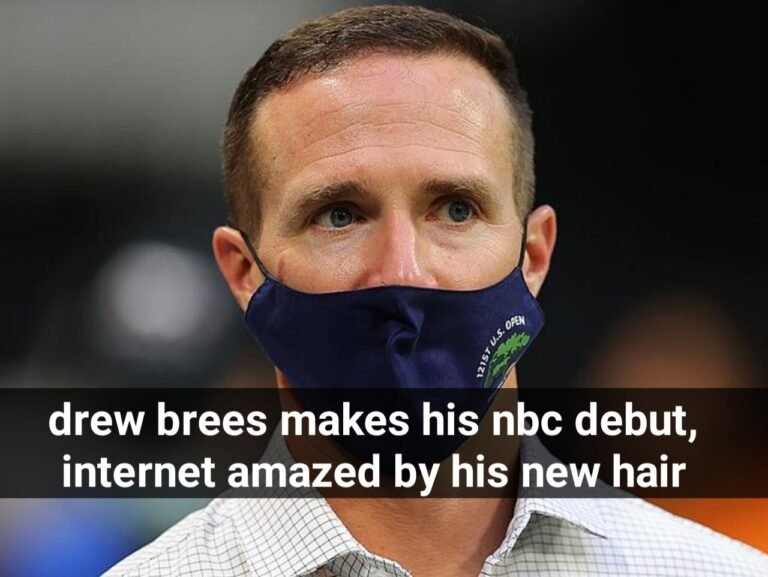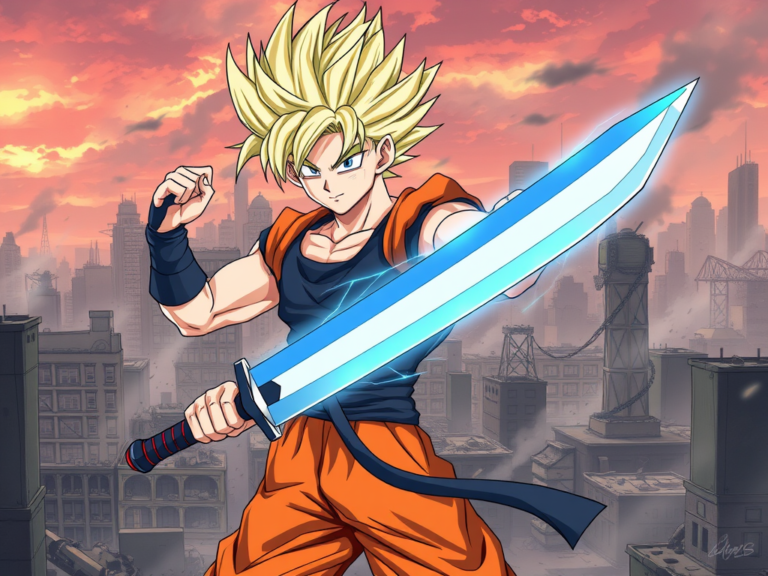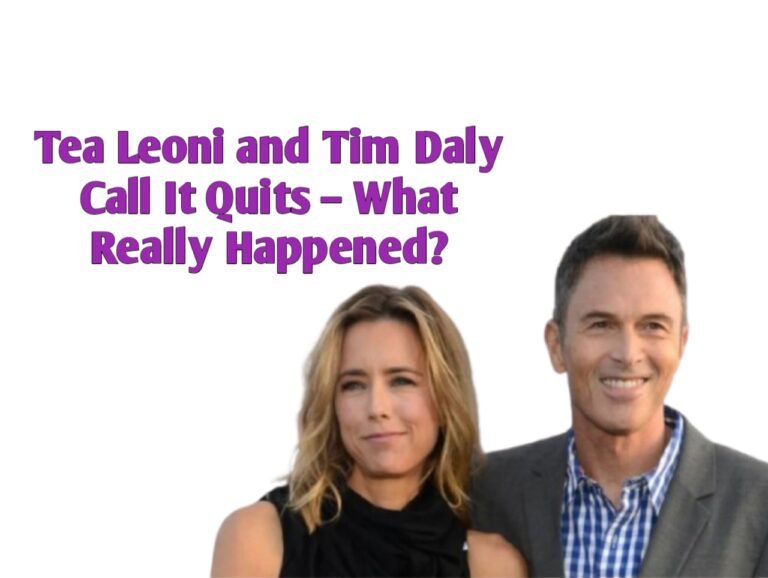The Truth Behind the influncersgonewild Trend
What is influncersgonewild?
The term “influncersgonewild” has quickly gained traction across the internet, sparking curiosity, controversy, and plenty of online discussion. But what exactly does it mean? At its core, “influncersgonewild” is a phrase used to describe online personalities—often social media influencers—who break away from their curated, brand-safe images to engage in wild, unpredictable, or controversial behavior. This can range from posting explicit content and engaging in public feuds, to getting involved in scandals or simply acting out in a way that’s completely off-brand. The phrase itself is a misspelled riff on “influencers gone wild,” and it’s often used in hashtags, memes, and viral threads.
While the misspelling might seem trivial, it’s actually part of what makes the trend stand out. It adds a layer of irreverence and parody, making it feel more underground or countercultural. In this way, “influncersgonewild” serves both as a critique and a celebration of influencer culture. It exposes the performative nature of online fame, while also reveling in the chaos that often follows internet celebrities who step outside the bounds of their expected personas.
The Origins of the Trend
“influncersgonewild” didn’t start as a mainstream movement. It began in niche corners of the internet—Reddit threads, anonymous image boards, and meme pages—where users would compile and share instances of influencers behaving badly. These could be screenshots of DMs, leaked OnlyFans content, viral TikToks, or even paparazzi photos. Over time, the hashtag began popping up on platforms like Twitter, Instagram, and TikTok, used both ironically and unironically. What started as internet snark evolved into a full-blown cultural commentary.
The trend’s rise coincided with a broader shift in how audiences relate to influencers. Once idolized for their seemingly perfect lifestyles, influencers have become increasingly scrutinized. Audiences today are quicker to call out inauthentic behavior, hypocrisy, and ethical lapses. The “influncersgonewild” trend feeds off this skepticism, turning influencer missteps into viral content that fuels the internet’s relentless appetite for drama.
The Role of Social Media Platforms
Social media platforms have played a significant role in amplifying the “influncersgonewild” phenomenon. Algorithms favor engagement, and nothing drives clicks, likes, and shares quite like controversy. Whether it’s a YouTuber’s meltdown, a TikTok star’s offensive rant, or an Instagram influencer caught faking a lavish lifestyle, these incidents are tailor-made for virality.
Platforms like Twitter and TikTok are particularly effective in spreading these stories. Their fast-paced, meme-friendly formats make it easy for users to remix, react, and reshare content. This creates a feedback loop where the most outrageous or scandalous behavior is rewarded with attention, further encouraging influencers to push boundaries in hopes of going viral.
Moreover, the lack of strict regulation around content sharing has made it easy for sensitive or private material to be leaked and distributed. While some of this content is shared with the influencer’s consent, much of it isn’t—raising ethical questions about privacy, consent, and exploitation.
Why Audiences Are Drawn to Drama
Humans are hardwired to pay attention to drama. It’s a psychological fact: conflict, unpredictability, and high emotion capture our interest. The “influncersgonewild” trend taps directly into this instinct. Watching someone else’s meltdown offers a sense of schadenfreude—a guilty pleasure in seeing someone fall from grace.
But there’s more to it than just voyeurism. The trend also serves a social function. By sharing and commenting on these incidents, users reinforce community norms and values. It’s a way of saying, “This is what happens when you act fake,” or “This is why authenticity matters.” In this sense, the trend acts as a form of digital justice, where influencers are held accountable not by formal institutions, but by the court of public opinion.
Influencers as Performers
To understand the “influncersgonewild” phenomenon, you have to recognize that influencers are, in many ways, performers. Their online personas are curated for maximum engagement—highlight reels designed to attract followers, sponsors, and brand deals. But maintaining this image is exhausting and, at times, unsustainable.
When influencers break character—whether intentionally or not—it creates a dissonance that’s both fascinating and disturbing to their audiences. It’s the equivalent of seeing a celebrity stumble on live TV or a politician caught on a hot mic. The mask slips, revealing the flawed human underneath. This moment of exposure is what fuels the “influncersgonewild” trend. It’s not just the act itself, but the gap between the image and reality that captures attention.
Some influencers lean into this performative chaos as part of their brand, using shock value and controversy to stay relevant. Others find themselves unintentionally caught up in the trend, victims of their own missteps or external leaks. Either way, the result is the same: a moment of virality that’s almost impossible to control once it starts.
The Business Behind the Breakdown
There’s a business model behind the madness. Many influencers monetize their “gone wild” moments through subscriptions, merchandise, exclusive content platforms like OnlyFans, or even paid interviews and brand deals. Controversy becomes a commodity, and being part of the “influncersgonewild” trend can actually boost visibility and income—at least temporarily.
This creates a perverse incentive structure. Why stick to a wholesome, polished image when a single scandal can skyrocket your follower count? This doesn’t mean all influencers manufacture drama, but the financial rewards for being outrageous can’t be ignored. Brands and advertisers are starting to take notice, with some avoiding controversial figures, while others embrace them for the attention they bring.
However, this strategy is risky. Public attention is fickle, and a scandal that boosts your profile today could ruin your reputation tomorrow. Influencers who bank on chaos often find themselves in a constant cycle of escalation, needing to outdo their last stunt to stay relevant. It’s a treadmill that’s hard to step off.
The Ethics of Exposure
The “influncersgonewild” trend raises serious ethical concerns. At what point does public accountability turn into cyberbullying? When does calling out bad behavior cross the line into doxxing or harassment? These questions don’t have easy answers, but they’re worth considering.
Many of the viral moments associated with the trend involve leaked content, screenshots of private conversations, or highly personal incidents. While some influencers willingly share this material, others have it exposed without their consent. In such cases, the internet’s collective appetite for drama can lead to real harm—mental health issues, loss of income, or even threats to personal safety.
There’s also the issue of context. Short clips and screenshots rarely tell the whole story, yet they often serve as the basis for judgment. This can lead to unfair pile-ons where nuance is lost and people are reduced to their worst moments. As consumers of this content, we have a responsibility to consider the human cost of our clicks and shares.
The Gendered Dynamics at Play
It’s worth noting that the “influncersgonewild” trend disproportionately affects women and femmes. Female influencers are more likely to have their explicit content leaked, more harshly judged for personal choices, and more viciously targeted in online discourse. This reflects broader societal patterns of misogyny and double standards.
Male influencers can behave badly and often receive a slap on the wrist—or even praise for being “edgy” or “real.” Female influencers, on the other hand, are frequently labeled as “trashy,” “attention-seeking,” or worse. This imbalance highlights the need for more critical engagement with how gender shapes the way influencer behavior is perceived and punished.
The Future of the Trend
So where does “influncersgonewild” go from here? It’s unlikely to disappear anytime soon. As long as influencers exist—and as long as audiences are drawn to spectacle—the trend will continue to evolve. However, we may see a shift in how it’s received. Audiences are becoming more media literate and more skeptical of viral narratives. There’s a growing recognition that not every scandal deserves a pile-on, and not every moment of exposure is newsworthy.
At the same time, influencers are adapting. Some are leaning into transparency, sharing their flaws openly to avoid the sting of exposure. Others are tightening control over their public image, investing in reputation management and digital security. The dynamic between influencers and audiences is constantly shifting, and the “influncersgonewild” trend is just one expression of that tension.
Ultimately, the trend reflects deeper truths about the internet age: the blur between public and private, the commodification of attention, and the human cost of digital fame. By examining it critically, we can better understand the world we’re building—and the kind of online culture we want to be part of.
Read Also Our This Post: How Brookfield Residential Responded to Coronavirus: Safety, Policies & Updates







